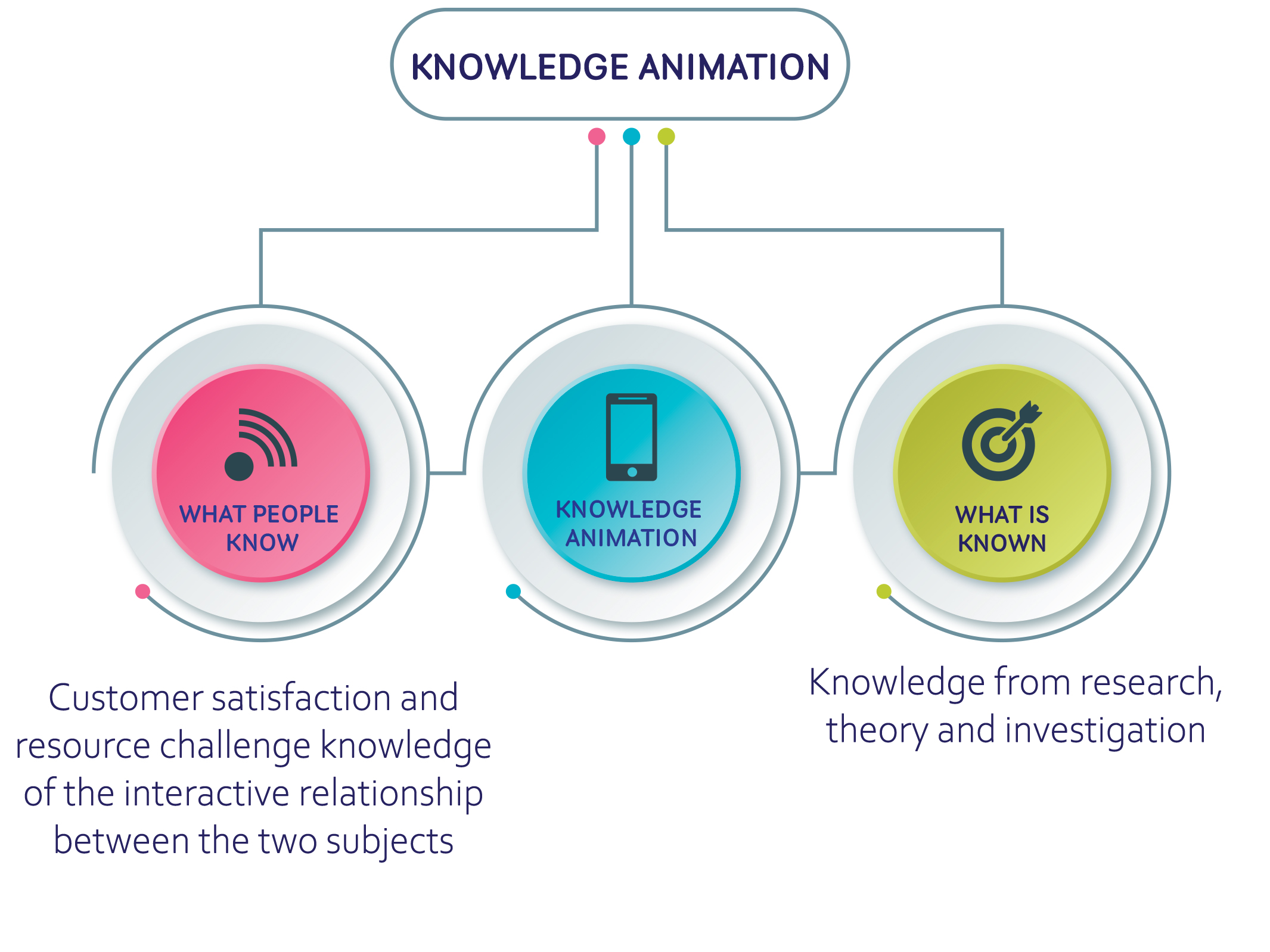Service Quality Improvement of Bank of China in Linyi City
Main Article Content
Abstract
The purposes of this research were 1) to identify the current level of service quality at Bank of China Linyi Branch; 2) to find the main factors affecting the service quality of Bank of China Linyi Branch; and 3) to investigate the best way to improve the quality of services provided by Bank of China Linyi Branch. This study adopts a quantitative design, distributing electronic questionnaires to employees from Bank of China Linyi Branch. The quantitative research methods primarily include literature review, questionnaire survey, descriptive statistics, etc., for data collection and analysis. The main theoretical framework utilized in this research is the Service Quality Theory.
The results revealed that:
1. China Bank Linyi Branch has obvious deficiencies in service quality, especially in communication, transparency and service implementation. In order to solve these problems, banks should give priority to strengthening communication mechanism, improving service transparency, and improving response speed to enhance customer satisfaction and trust.
2. Customers believe that reliability, responsiveness, assurance, empathy and tangible assets are the key factors affecting service quality. Although the bank has performed well in personalized loan products and some service quality dimensions, there is still room for improvement in convenient network layout and reliability. By learning from the successful experience of competitors and adjusting the strategy accordingly, the bank can strategically improve the service quality, thus improving customer satisfaction and enhancing competitiveness.
3. The survey results also show that there are significant differences in customers' attitudes towards different dimensions of service quality, indicating that expectations and cognition are diverse. In order to cope with these differences and improve the overall service quality, banks should focus on strengthening the professional skills training of employees and pay more attention to customer feedback. These strategies are helpful to improve the ability of employees, better meet customer needs, and ultimately improve service quality and customer satisfaction.
Article Details

This work is licensed under a Creative Commons Attribution-NonCommercial-NoDerivatives 4.0 International License.
เพื่อให้เป็นไปตามกฎหมายลิขสิทธิ์ ผู้นิพนธ์ทุกท่านต้องลงลายมือชื่อในแบบฟอร์มใบมอบลิขสิทธิ์บทความ ให้แก่วารสารฯ พร้อมกับบทความต้นฉบับที่ได้แก้ไขครั้งสุดท้าย นอกจากนี้ ผู้นิพนธ์ทุกท่านต้องยืนยันว่าบทความ ต้นฉบับที่ส่งมาตีพิมพ์นั้น ได้ส่งมาตีพิมพ์เฉพาะในวารสาร วิชาการธรรม ทรรศน์ เพียงแห่งเดียวเท่านั้น หากมีการใช้ ภาพหรือตารางของผู้นิพนธ์อื่นที่ปรากฏในสิ่งตีพิมพ์อื่นมาแล้ว ผู้นิพนธ์ต้องขออนุญาตเจ้าของลิขสิทธิ์ก่อน พร้อมทั้ง แสดงหนังสือที่ได้รับการยินยอมต่อบรรณาธิการ ก่อนที่บทความจะได้รับการตีพิมพ์References
Cecilio, M., Carlos, S. & Begona G. (2007). Microfinance institutions and efficiency. Omega: The International Journal of Management Science, 1, 31-37.
Chaudhry, S., Saeed, A., & Ahmed, R. (2021). Carbon neutrality: the role of banks in optimal environmental management strategies. Retrieved from https://www.sciencedirect.com/science/article/abs/pii/S0301479721016078
Jingwu, W. (2021). Comprehensively improving banks' risk management ability to serve high-quality development with high-quality risk control. China Administration, 8, 3.
Junwei, H. (2022). How commercial banks serve the high-quality development of the economy. The Banker, 5, 66-68.
Kotler, P., & Armstrong, G. (2016). Principles of Marketing. (16th ed.). Harlow England: Pearson.
Mcclatchey, R., et al. (2024). Local government interventions for improving the health and wellbeing of tenants in private rented housing: developing initial program theory to inform evaluation in the United Kingdom. BMC Public Health, 24(1), 1-18.
Meijuan, L., Qiaowen, L., & Huangfu, H. (2022). Research on commercial bank service quality based on quality cost--Taking personal business service of China Merchants Bank as an example. Business Accounting, 14, 89-92.
Na, Z. (2021). An empirical study on the impact of perceived service quality on customer satisfaction and loyalty in state-owned commercial banks. China Market, 4, 126-128.
Parasuraman, A., Zeithaml, A. & Berry, L. (1985). A Conceptual Model of Service Quality and Its Implications for Future Research. Journal of Marketing, 49(4), 41-50.
Schiffman, L. G., Kanuk, L. L., & Kumar, S. R. (2010). Consumer Behavior. (10th ed.). New Delhi: Pearson Prentice Hall.
Selman, C., et al. (2020). A Strategy for SARS-CoV-2 Convalescent Plasma Collection in a Chilean Nation-Wide Blood Bank Network. Retrieved from https://onlinelibrary.wiley.com/doi/full/10.1111/trf.16084

